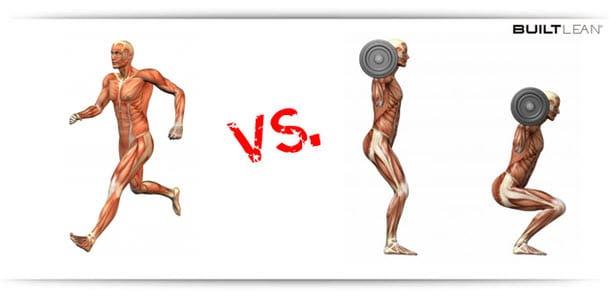Looking for the best gym trainers near you? Our article has got you covered. Discover the qualities to look for and how to find the perfect trainer to elevate your fitness journey.
3 Benefits of Increasing Your Water Intake
Discover the incredible benefits of increasing your water intake! From improved physical health to enhanced mental well-being, hydration is key. Start prioritizing your hydration today!
The Unconventional Training Methods of Hafthor Bjornsson (The Mountain)
Hafthor Bjornsson, best known for his portrayal of the character “The Mountain” in HBO’s series “Game of Thrones,” is not just a celebrated actor but also an exceptional strongman. Winning the title of World’s Strongest Man in 2018, Bjornsson showcased the result of years of hard work, determination, and a unique training regime. His unconventional …
Continue reading “The Unconventional Training Methods of Hafthor Bjornsson (The Mountain)”
The Key to Muscle Growth
Hey there, Fitness Warriors! Who’s up for unlocking one of the biggest secrets of muscle growth today? We’re talking about Progressive Overload – the key that’s going to unlock the door to your dream physique. So, tighten your laces and get ready, we’re about to embark on a strength journey!
Pushing the Limit: How to Spot Overtraining and Keep It at Bay
Greetings, Warriors of the Wellness Battlefield! We’ve bathed in the pure exhilaration, the intoxicating euphoria that spills forth from conquering a new personal zenith, or prevailing against an arduous, sweat-soaked training session. And yet, the line that separates the noble pursuit of the limits of our physical prowess from a dangerous, self-imposed affliction is thin …
Continue reading “Pushing the Limit: How to Spot Overtraining and Keep It at Bay”
Exercise and Immunity: How Physical Activity Boosts Your Defenses – Fitness Science Unveiled
We’ve all felt that post-workout rush, the triumph of pushing our bodies, the thrill of feeling alive and invigorated. But, what if I told you there’s even more to love about breaking a sweat? What if your workouts are not just shaping your muscles, but also boosting your body’s natural defenses? That’s right – we’re …
Making the Most of Your Gym Membership: Must-Try Machines and How to Use Them
Maximizing Your Gym Membership: Key Machines and How to Utilize Them Stepping into a gym can sometimes feel like boarding a spacecraft for the first time – a myriad of complex equipment, each with its distinct function. As part of the Fitness Warrior Nation, we understand that harnessing these machines is an integral part of …
Continue reading “Making the Most of Your Gym Membership: Must-Try Machines and How to Use Them”
Cardio vs. Weights: The Benefits of Both and How to Balance Them
Are you looking to ignite your fitness routine and achieve optimal results? Look no further than the combination of cardio and weights. In this article, we will explore the benefits of incorporating both forms of exercise into your workout routine and guide you on how to strike the perfect balance between the two. Say goodbye …
Continue reading “Cardio vs. Weights: The Benefits of Both and How to Balance Them”
Lactic Acid: Friend or Foe of Your Workout? Unraveling the Mystery
Are you a fitness enthusiast looking to optimize your workout performance? If so, you may have heard conflicting information about lactic acid and its impact on your training. This article aims to unravel the mystery surrounding lactic acid by exploring its role in exercise and its effects on your body. Whether it’s a friendly ally …
Continue reading “Lactic Acid: Friend or Foe of Your Workout? Unraveling the Mystery”
The Science of Sleep and Recovery for Athletes: Essential Insights and Strategies
In “The Science of Sleep and Recovery for Athletes: Essential Insights and Strategies,” discover the vital role that sleep plays in an athlete’s performance and recovery. This article explores the deep connection between quality sleep and an athlete’s physical and mental well-being. Gain valuable insights into the science behind sleep and how it can optimize …
Continue reading “The Science of Sleep and Recovery for Athletes: Essential Insights and Strategies”











